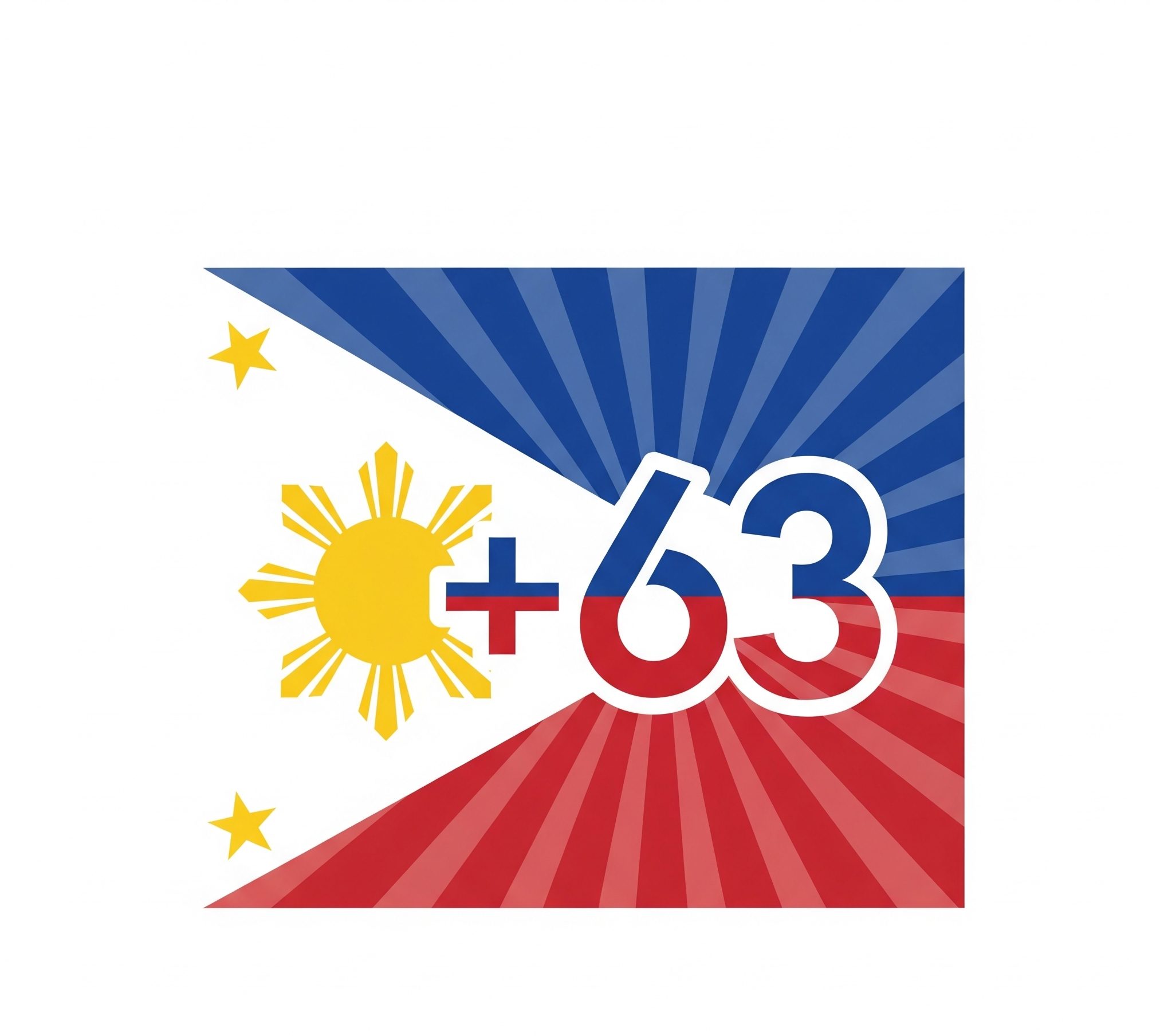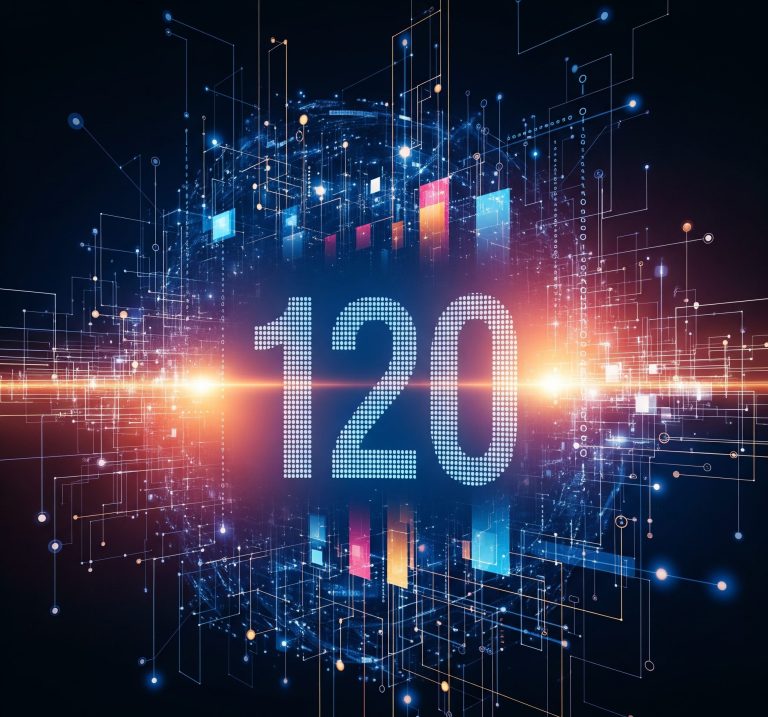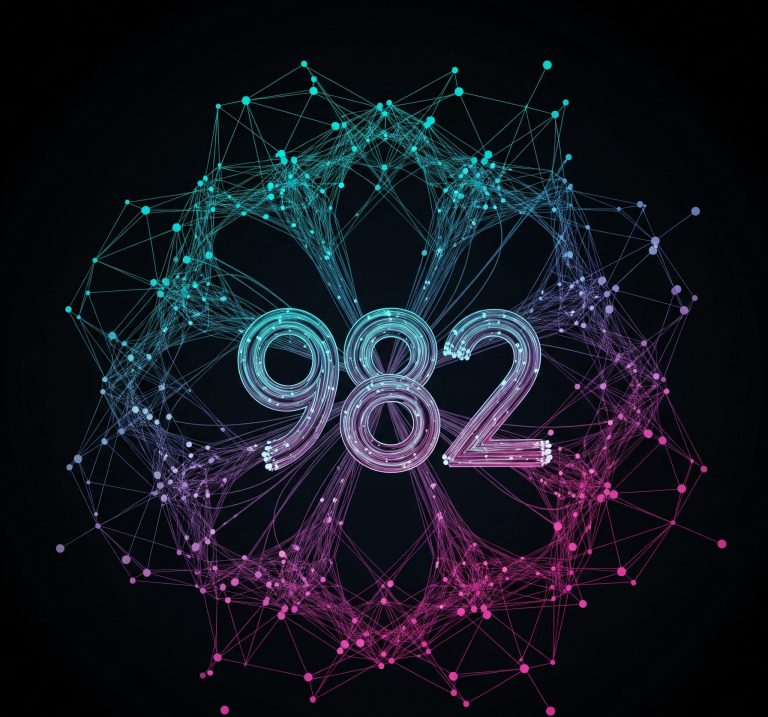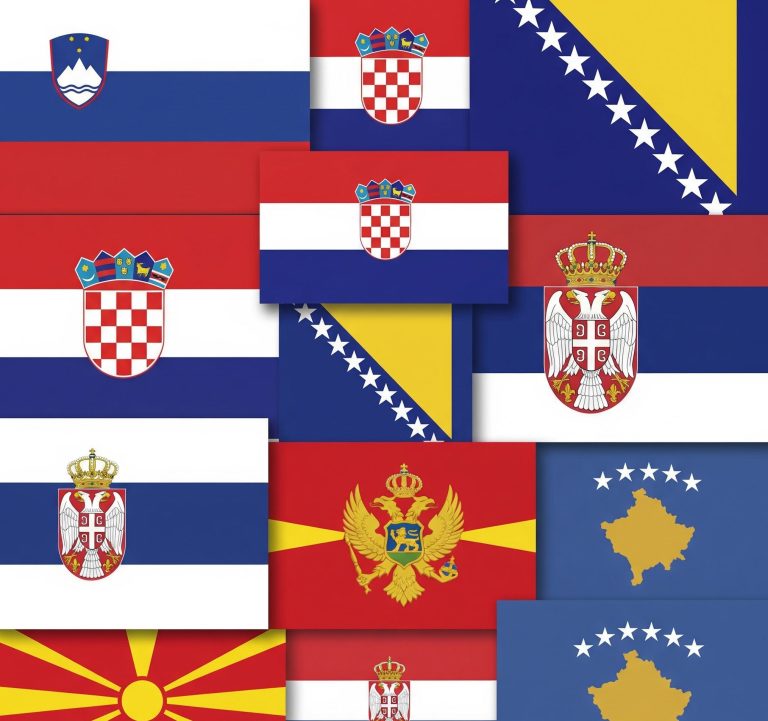In our increasingly interconnected world, staying in touch with friends, family, or business associates across continents is easier than ever. For Americans looking to connect with individuals in the Philippines, understanding the nuances of international dialing, particularly the +63 country code, is key. This article will serve as your comprehensive guide, simplifying the process and offering insights into seamless global communication.
Contents
Understanding the Basics of International Dialing
Before diving into the specifics of the +63 country code, it’s helpful to grasp the fundamental components of an international call from the United States. Every international call typically involves three main elements:
- Exit Code: This code signals to your phone carrier that you are making an international call. For calls originating from the United States, the exit code is almost universally 011.
- Country Code: This unique numerical identifier directs your call to the specific country you’re trying to reach. For the Philippines, this is where the +63 country code comes in.
- Area Code/Mobile Code and Local Number: Once you’ve reached the correct country, you need to specify the particular region or mobile network and then the individual subscriber’s number.
The Significance of the +63 Country Code
The +63 country code is the designated international dialing code for the Republic of the Philippines. When you dial +63 country code, you are essentially telling the global telecommunications network that your call is intended for a phone number located within the Philippine archipelago. This code is crucial for routing your call accurately and efficiently. Without it, your call would not know where in the world it’s supposed to go.

Step-by-Step: Calling the Philippines from the USA
Whether you’re calling a landline or a mobile phone in the Philippines, the process is straightforward once you know the correct sequence.
Calling a Landline in the Philippines:
- Dial the U.S. Exit Code: Start by dialing 011. This is your international access code from the United States.
- Enter the Philippines Country Code: Next, dial 63. This is the vital +63 country code that directs your call to the Philippines.
- Add the Area Code: The Philippines has various area codes depending on the city or region you’re calling. For example, Manila uses the area code 2, while Cebu uses 32. You will need to obtain the specific area code for the landline you wish to reach.
- Dial the Local Number: Finally, enter the local landline number. Philippine landline numbers typically range from 5 to 9 digits, though 7-digit numbers are common.
Example: To call a landline in Manila (area code 2) with the local number 123-4567, you would dial: 011 63 2 1234567.
Calling a Mobile Phone in the Philippines:
Calling a mobile phone often involves a slightly different structure after the +63 country code.
- Dial the U.S. Exit Code (or use ‘+’): For mobile phones, you can typically use the + symbol in place of the 011 exit code (e.g., if dialing from a smartphone). If using a landline, stick with 011.
- Enter the Philippines Country Code: Dial 63, the +63 country code.
- Add the Mobile Network Prefix and Subscriber Number: Philippine mobile numbers are generally 10 digits long and begin with a 3-digit mobile network prefix (e.g., 905, 917, etc.) followed by a 7-digit subscriber number. You do not need a separate “area code” for mobile numbers in the same way you do for landlines; the first few digits after the +63 country code often indicate the mobile carrier.
Example: To call a Philippine mobile number +63 917 123 4567, you would dial: +63 917 1234567 (from a mobile) or 011 63 917 1234567 (from a landline).
Important Considerations for U.S. Callers
- Time Zone Differences: The Philippines operates on Philippine Standard Time (PST), which is UTC+8. This means there’s a significant time difference with the United States. For example, when it’s 12:00 PM (noon) Eastern Standard Time (EST) in the US, it’s 1:00 AM the next day in Manila. Always check the current time in the Philippines before making your call to avoid inconvenient interruptions.
- Cost of Calls: International calls can incur higher charges than domestic calls. It’s advisable to check with your phone service provider about their international calling rates to the Philippines. Many providers offer international calling plans or add-ons that can significantly reduce costs. Alternatively, consider using Voice over Internet Protocol (VoIP) services like Skype, WhatsApp, or Viber, which often provide more affordable or even free calling options over an internet connection.
- Internet Connectivity: If using VoIP services, a stable internet connection is paramount for clear and uninterrupted calls. Ensure you and the person you’re calling have reliable internet access for the best experience.
- Accuracy of the Number: Double-check the entire phone number, including the exit code, the +63 country code, and the local number. Even a single digit error can lead to a failed connection or a call to the wrong person.
Staying Connected Across Borders
The +63 country code is more than just a number; it’s your gateway to connecting with a vibrant culture and the people who matter to you in the Philippines. By understanding the simple dialing steps and keeping a few key considerations in mind, American callers can effortlessly bridge the geographical distance and maintain strong personal and professional ties. Whether it’s a quick chat with a loved one or a crucial business discussion, mastering the +63 country code ensures your message gets through loud and clear.







